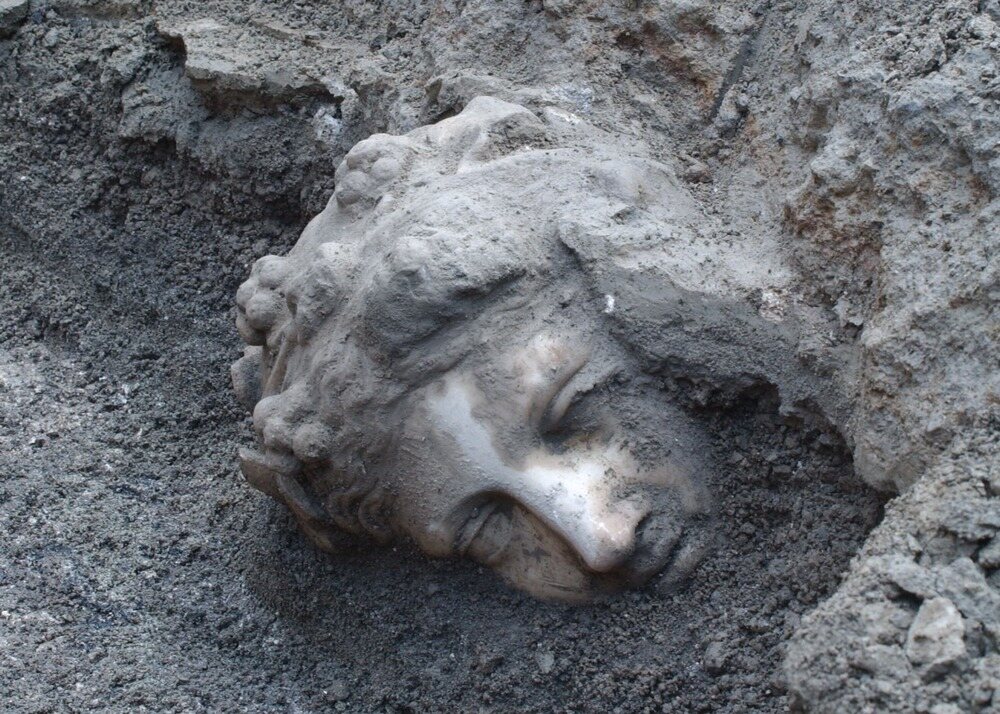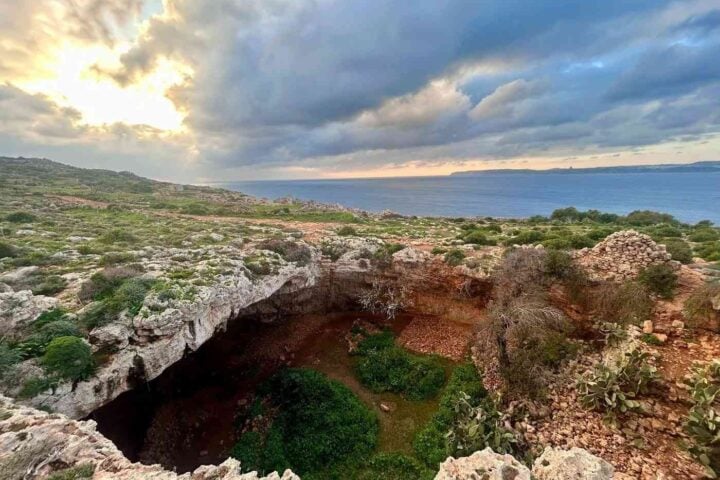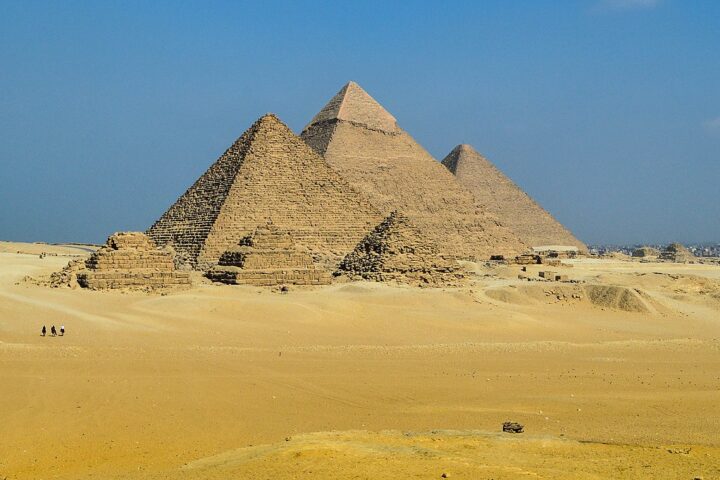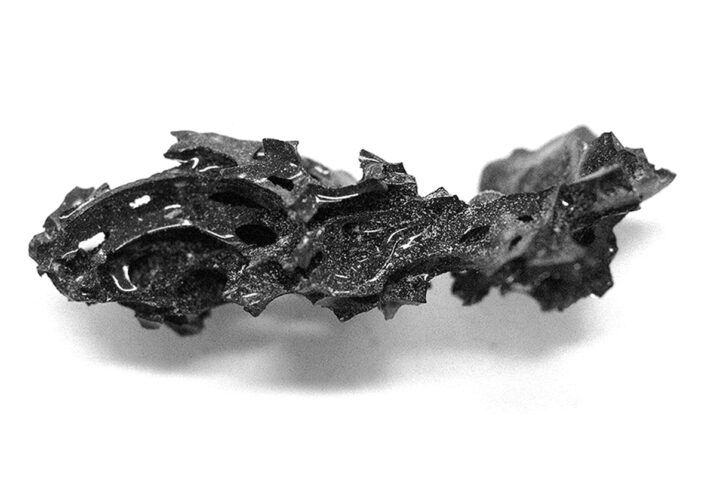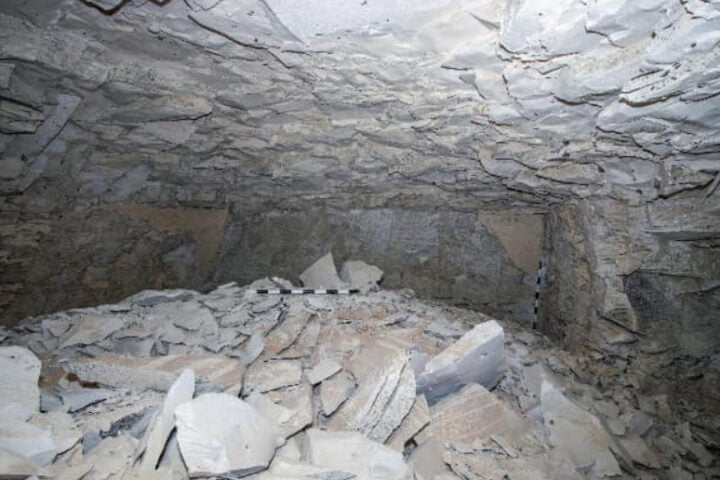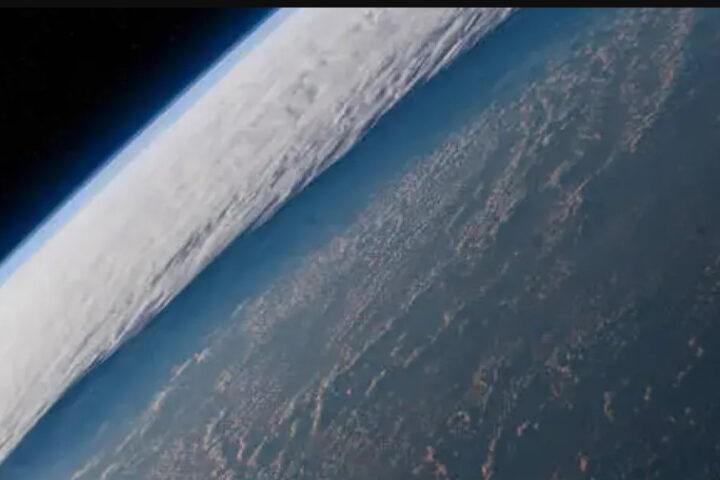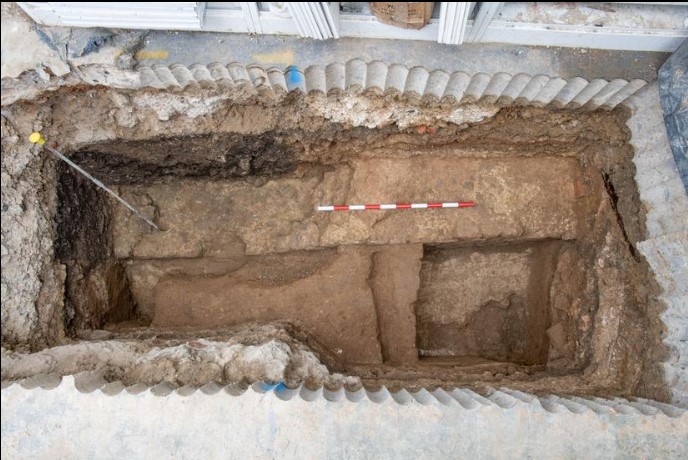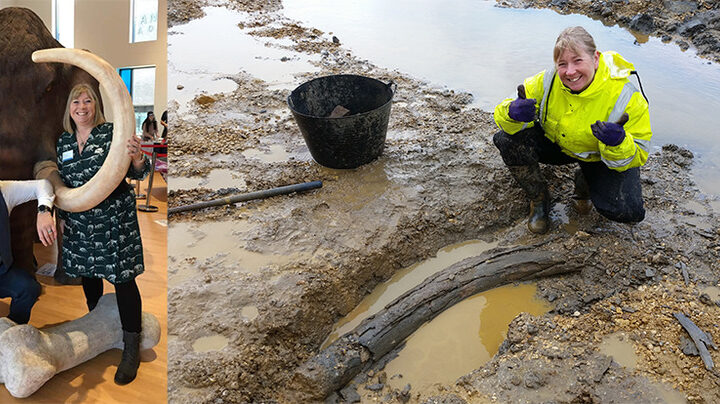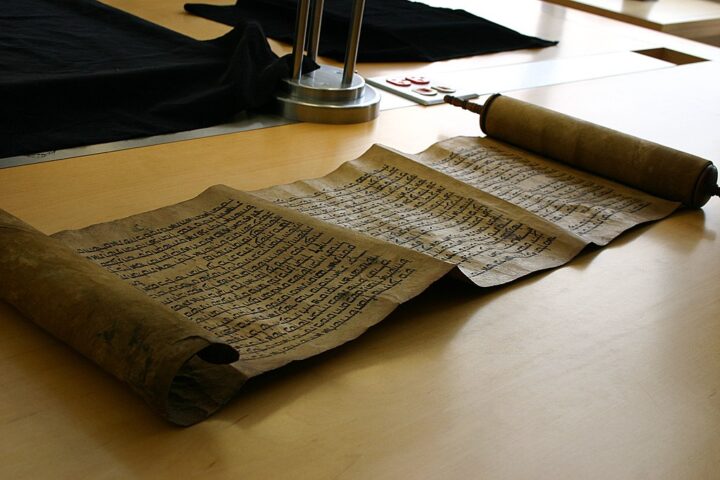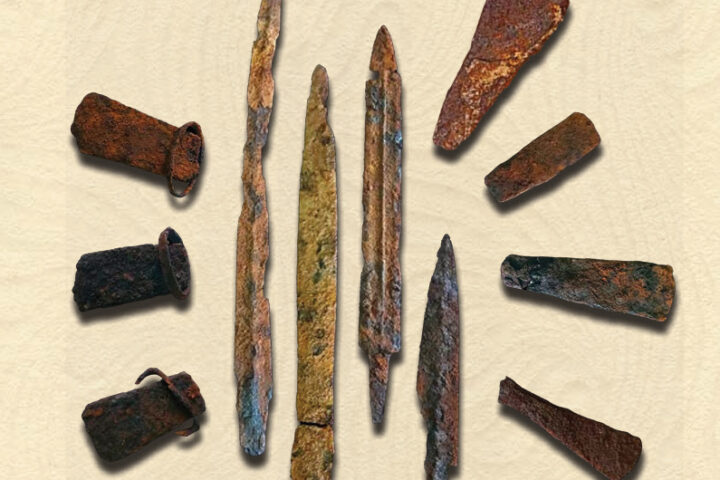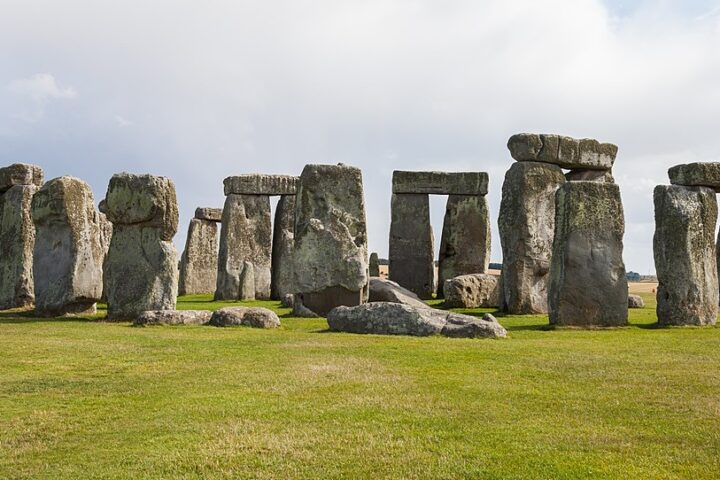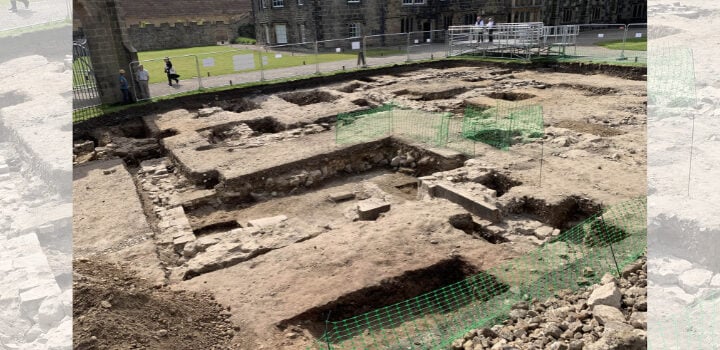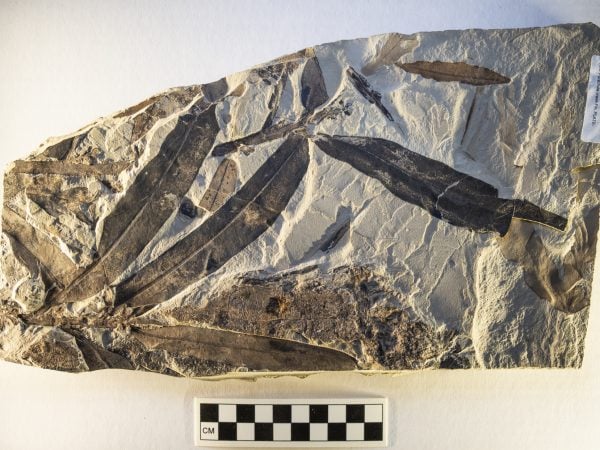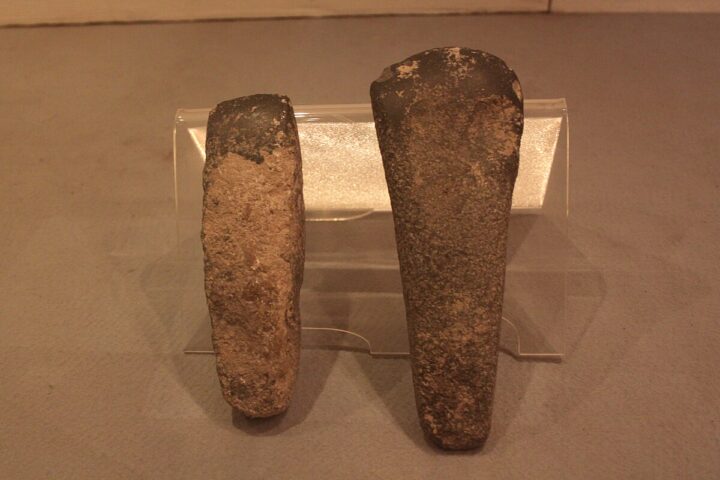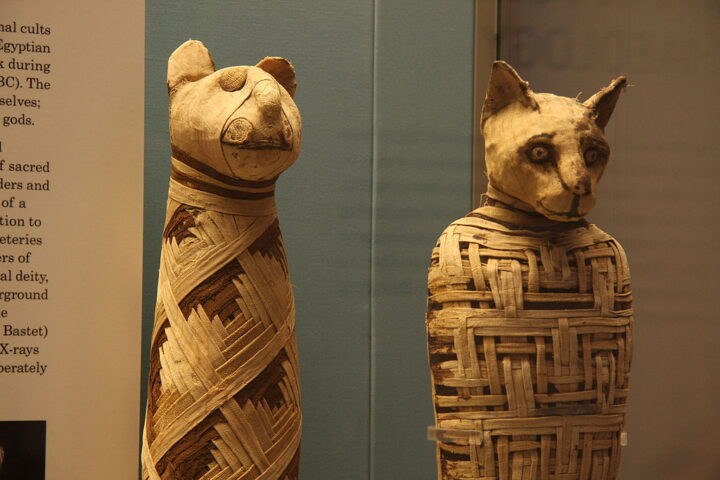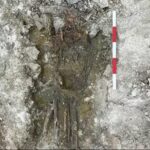Researchers from the University of Tokyo have announced a significant archaeological discovery that could shed new light on the final days of Augustus, the first Roman emperor. The excavation site, located at the northern foot of Mount Vesuvius in southern Italy, has revealed evidence of a villa dating back to the first century AD.
A Long-Term Excavation Project
The University of Tokyo, in collaboration with local archaeologists, began this excavation project in Somma Vesuviana in 2002. For over two decades, the team, led by Professor Mariko Muramatsu, has been carefully uncovering layers of history buried beneath volcanic ash.
Masanori Aoyagi, professor emeritus of Western classical archaeology at the University of Tokyo and the initial head of the research team, stated, “We have finally reached this stage after 20 years. This is a major development that will help us determine the damage caused to the northern side of Vesuvius and get a better overall idea of the eruption in 79.”
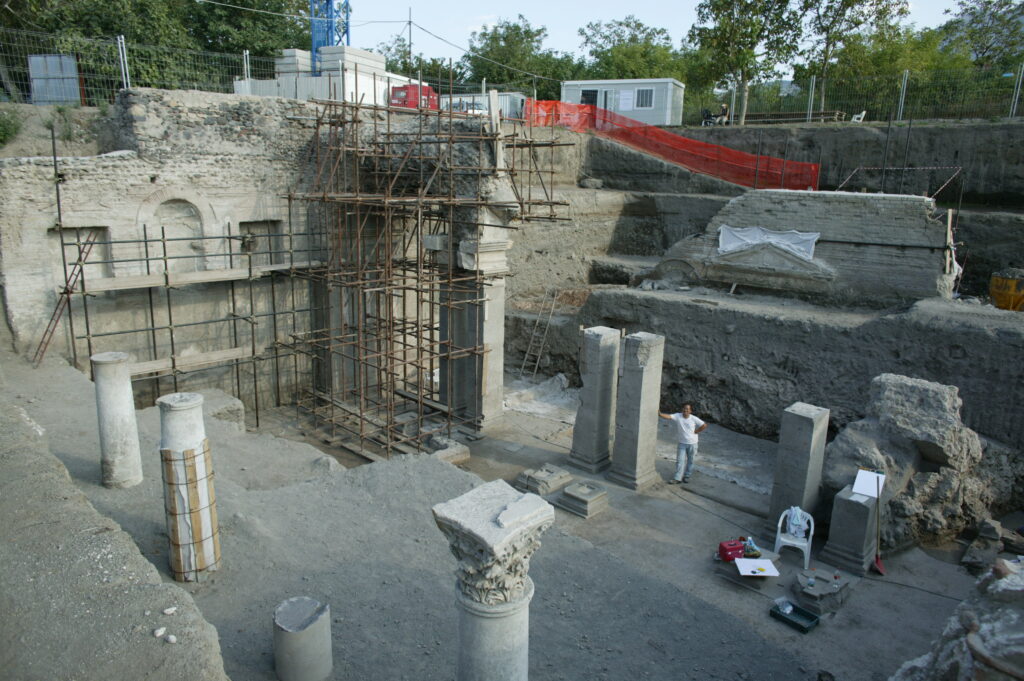
Key Findings
The excavation has uncovered part of a structure that was likely used as a warehouse. Dozens of amphora ceramic containers were found lined up along a wall of this structure. Additionally, the team discovered the remains of what appears to be a furnace, possibly used to heat a bath.
Kohei Sugiyama, an archaeologist from the Institute for Advanced Global Studies at the University of Tokyo, explained, “For over 20 years, we have excavated large sections of the villa and have recently uncovered some previously unknown rooms and other architectural elements.”
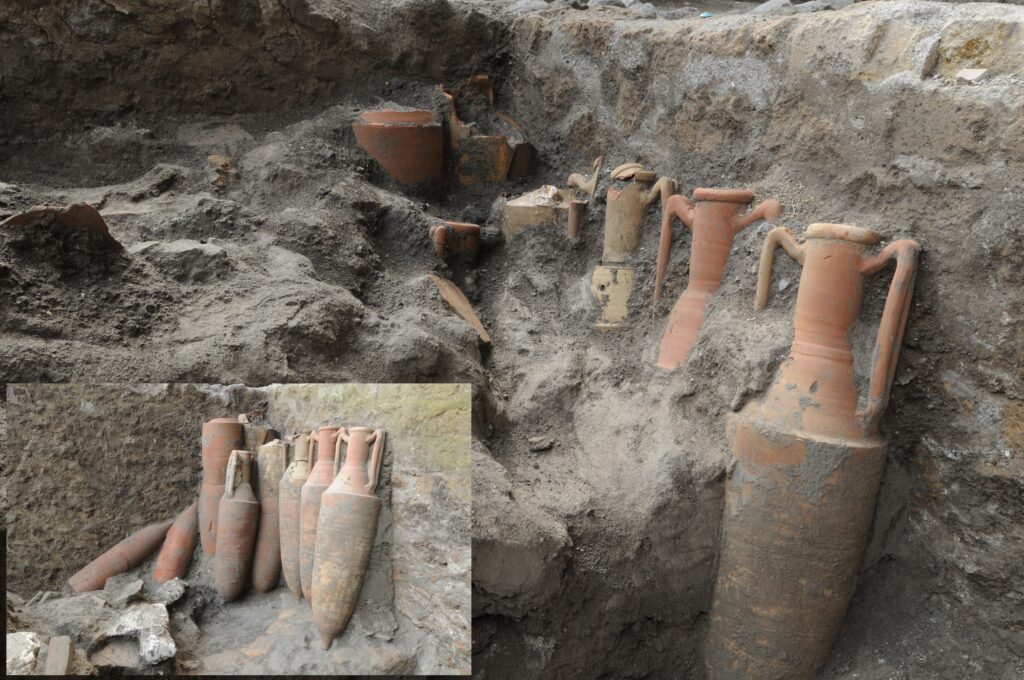
Similar Posts
Scientific Analysis
The team employed rigorous scientific methods to analyse their findings. Chemical composition analysis of the volcanic pumice covering the ruins confirmed its origin from the pyroclastic flow of the 79 AD eruption of Mount Vesuvius – the same event that destroyed Pompeii and Herculaneum.
Radiocarbon dating of charcoal samples from the furnace indicated that the structure was in use during the first half of the first century AD. Importantly, there were no signs of later use, suggesting that the villa may have fallen into disuse after Augustus’ death in 14 AD.
Historical Context
This discovery aligns with historical accounts by Roman writers such as Tacitus and Suetonius. According to these sources, Augustus spent his final days in a villa on the northern slope of Mount Vesuvius, in the area of Nola. The University of Tokyo’s excavation project page states, “According to Roman writers Tacitus and Suetonius, the first Roman Emperor, Augustus, died in a building on the northern slope of Mount Vesuvius in the area of Nola in 14 AD.”
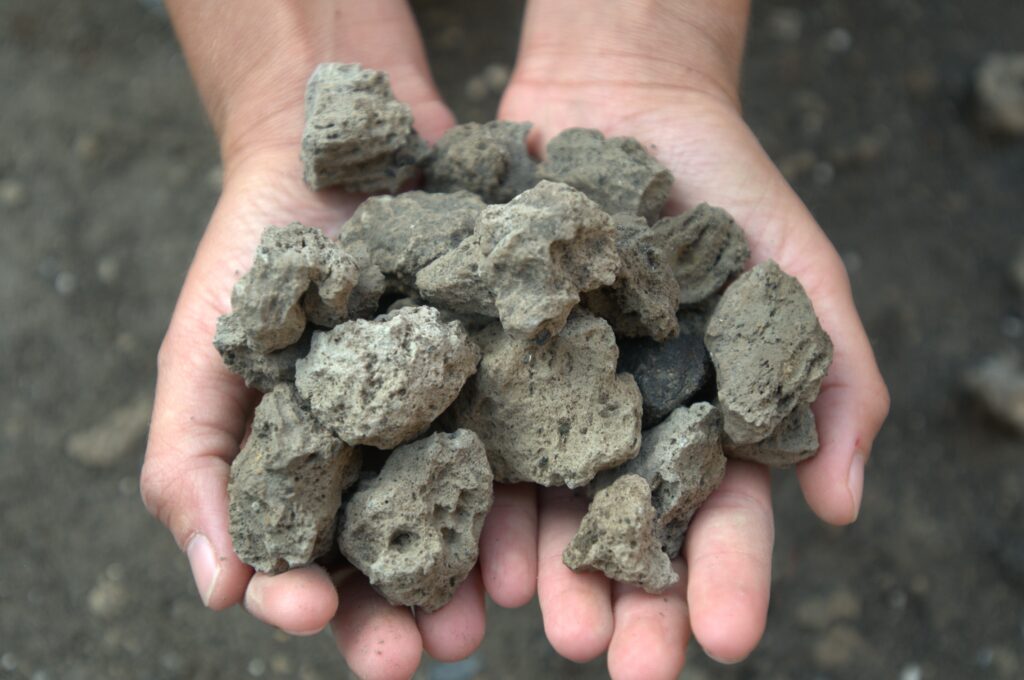
Implications for Understanding Vesuvius Eruption
This find provides new insights into the impact of the 79 AD eruption on the northern side of Vesuvius. While much research has focused on the southern regions, including Pompeii and Herculaneum, this discovery indicates significant destruction in the northern area as well, including damage from lava flows and pyroclastic surges.
Artefacts and Structure
Throughout the broader excavation project, which began in 2002, researchers have uncovered various Roman objects. These include marble statues, wall paintings, stucco reliefs, and mosaics. However, it’s important to note that these findings are from the overall project and not necessarily all from this specific villa.
Ongoing Research
While these findings are promising, the research team emphasises that more work is needed before they can definitively confirm this as Augustus’ final residence. The University of Tokyo project page states, “We wish to continue and expand the excavation to achieve the project goal, which is to ascertain whether the site is indeed the place where the first Roman Emperor Augustus passed away, and also to reconstruct the long-term recovery process of the areas affected by Mount Vesuvius eruptions.”
Potential Modern Relevance
Sugiyama suggests that this research could have implications beyond historical interest: “Learning about how ancient people recovered from disasters could inform how we plan for such things today.” However, this potential application is not a primary focus of the current research.
Beyond Augustus
As the excavation continues, it promises to yield more insights into the life and times of Augustus and the impact of the Vesuvius eruption on the surrounding areas. This discovery underscores the value of persistent, long-term archaeological projects in uncovering the secrets of our past.
The University of Tokyo team’s findings, while exciting, are still part of an ongoing investigation. As with all scientific endeavours, further research and peer review will be necessary to fully substantiate these claims. Nonetheless, this discovery opens up new avenues for understanding one of the most pivotal figures in Roman history and the world he inhabited.
